 Newport Street Scene
Newport Street Scene
Time Period: Early Twentieth Century (1901 - 1940) - Starting with N
 Newport Street Scene
Newport Street Scene
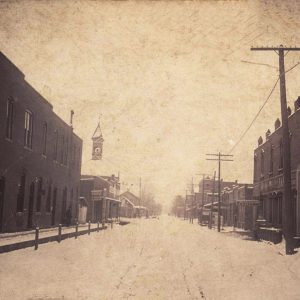 Newport Street Scene
Newport Street Scene
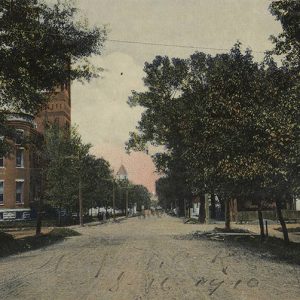 Newport Street Scene
Newport Street Scene
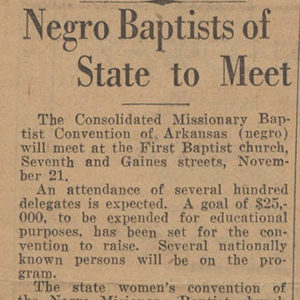 Newspaper Clipping
Newspaper Clipping
Newton County Courthouse
Newton County Draft War
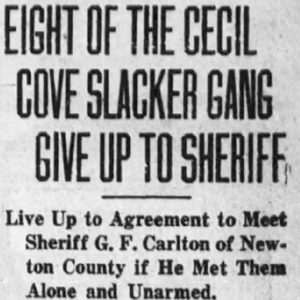 Newton County Draft War Article
Newton County Draft War Article
Newton, Lee (Lynching of)
 Lee Newton Lynching Article
Lee Newton Lynching Article
 "Night," Performed by Florence Price
"Night," Performed by Florence Price
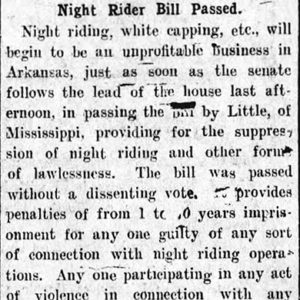 Night Rider Bill
Night Rider Bill
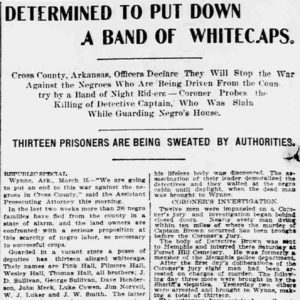 Night Riders Article
Night Riders Article
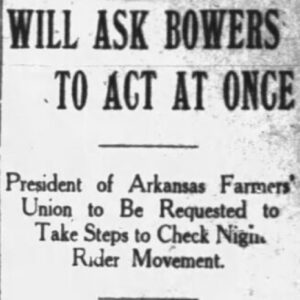 Night Riders Article
Night Riders Article
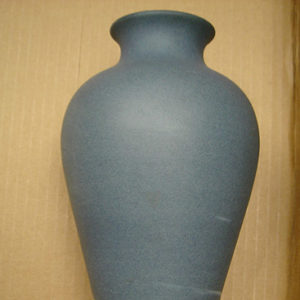 Niloak Vase
Niloak Vase
Niloak Pottery
 Niloak Pot
Niloak Pot
 Niloak Stamp
Niloak Stamp
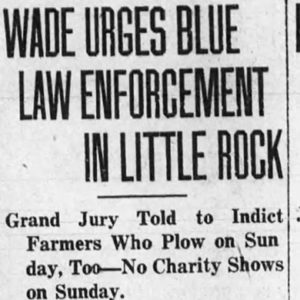 No Plowing Allowed
No Plowing Allowed
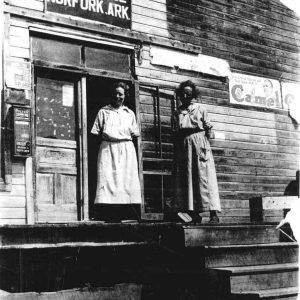 Norfork Post Office
Norfork Post Office
 Norfork Bridge
Norfork Bridge
 Norfork Dam Aerial View
Norfork Dam Aerial View
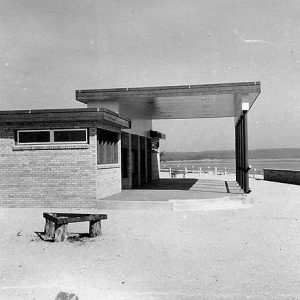 Norfork Lake Overlook
Norfork Lake Overlook
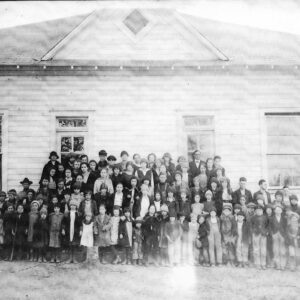 Norfork School
Norfork School
 Norick's Chapel
Norick's Chapel
Norman Library
Norman Town Square
 Norman Lynching Article
Norman Lynching Article
Norman, Will (Lynching of)
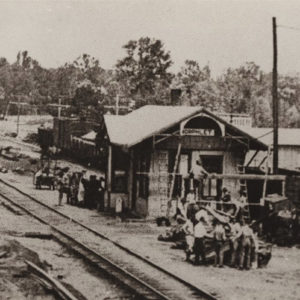 Norphlet Depot
Norphlet Depot
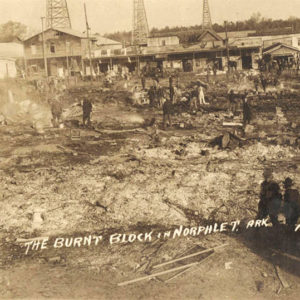 Norphlet Fire
Norphlet Fire
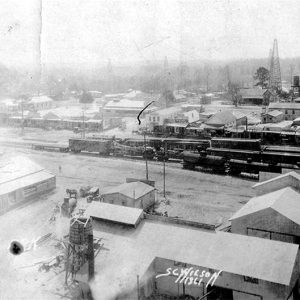 Norphlet View
Norphlet View
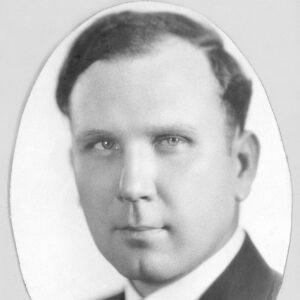 William Frank Norrell
William Frank Norrell
North Little Rock City Hall
 North Little Rock Flood
North Little Rock Flood
 North Little Rock Flood
North Little Rock Flood
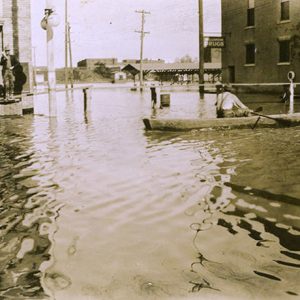 North Little Rock Flood
North Little Rock Flood
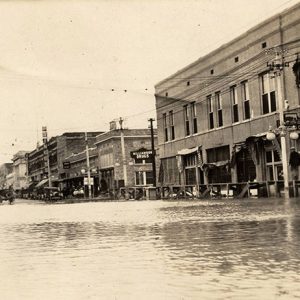 North Little Rock Flood
North Little Rock Flood
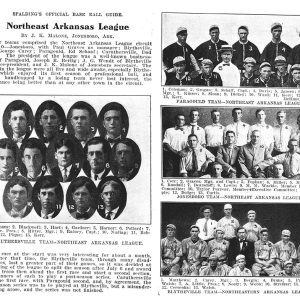 Northeast Arkansas League Teams
Northeast Arkansas League Teams
Northeast Arkansas League
Northern Ohio Cooperage and Lumber Company
Northern Ohio School
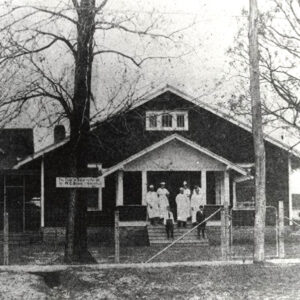 Norton's Lakeview Sanitarium
Norton's Lakeview Sanitarium
 Now Rebuild Arkansas
Now Rebuild Arkansas
NYA Camp Bethune
aka: Camp Bethune
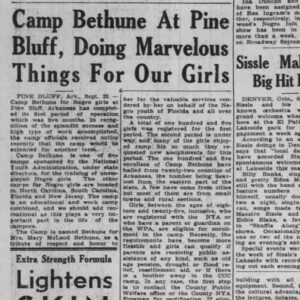 NYA Camp Bethune Show Article
NYA Camp Bethune Show Article




